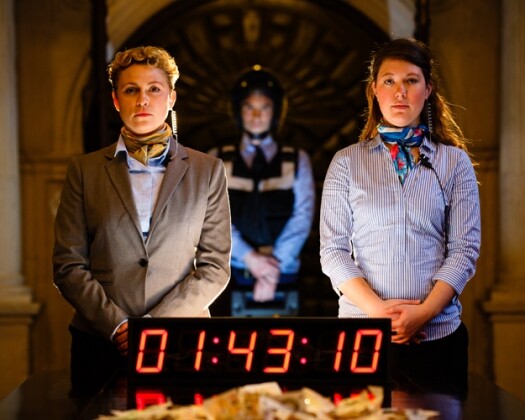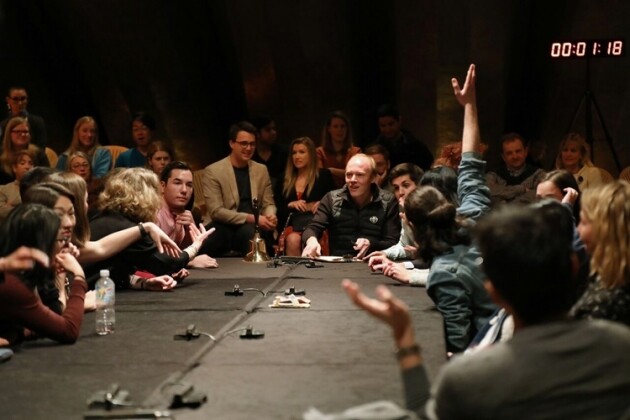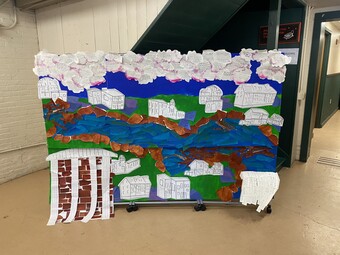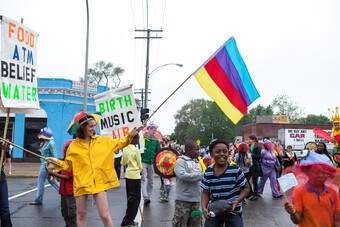“Who would miss you, and why, if you would cease to exist tomorrow?” In years of doing field research with cultural managers, producers, and artists, this is one of my favorite interview questions—it lets me peek into how an organization sees and sets its relations with the social reality that surrounds it. Reactions differ, but the general rule of thumb is that the organizations and individuals who have close relationships with their audiences and who work hard to produce sensitive and relevant work have their answers ready. Others are at pains.
The way they answer is not so much about their size or the marketing budget. Rather, it is based on them having opened up and shared their wealth with the outside world, as well as having gotten to know the people who have been historically excluded, marginalized, and disinterested and shared in their perspective. This is what Teddy Cruz, a critical architect and scholar, has called the “radical proximity,” a notion that not only decidedly opposes the insulation and so-called neutrality of many cultural institutions and artists alike but demands entanglement and responsibility. Of course, insulation is not only haunting the arts and cultural spheres. On a much wider scale, distancing and gating off are seen by many as a way to live our lives away from the troubled world out there. Externalities, consequences, reactions—no time for that, no heart for that. Walls, wires, cages, remote camps, filter bubbles, visas, retreats—come in.
If we are aiming anywhere near democracy, these intellectual, emotional, and material firewalls need to come down. This is why, instead of closing ourselves off, getting closer is what we need. And if we talk about publicly funded cultural institutions, radical proximity is not just an ethical stand, but a moral obligation.
However, there are many ways of getting closer—and this is where true ideological struggles begin, at the same time as they are being obscured by the veil of normalcy. The ultra-right and the ultra-left, along with a range of centrists, would all call for engaged citizens and artistic organizations. The key question is what is the activation good for? To what cause does it serve?
One increasingly dominant strand of arts engagement thinking is what we could call a neoliberal activation. At the foundation of it is the belief that communities are on their own, left by the inevitability of budget cuts and austerities to try and fix their own lives the best they can. To their aid, the arts should come. Arts organizations should turn into social hubs whose aim is to support communities and wider societies in rekindling their own local economies and finding patches to the broken health and education systems. Creativity, as an innate power to make something out of nothing, should help people become self-employed and find their place in the competing global marketplace.
Issues that produce social, economic, and moral deprivations cannot be “solved” by arts, creative industries, or whatever we come to call them next. They should and can be solved with meaningful social and economic measures.











Comments
The article is just the start of the conversation—we want to know what you think about this subject, too! HowlRound is a space for knowledge-sharing, and we welcome spirited, thoughtful, and on-topic dialogue. Find our full comments policy here